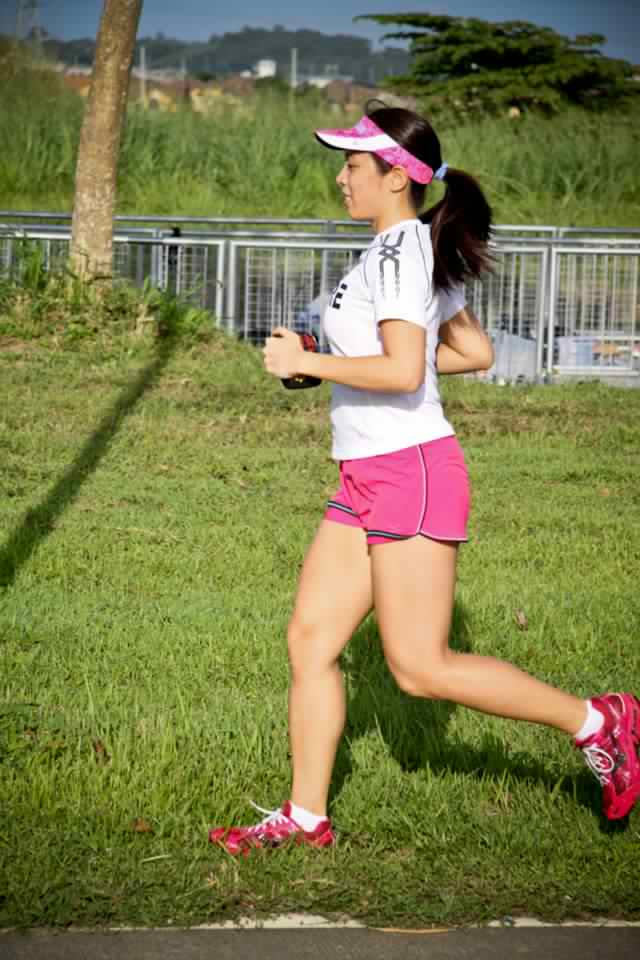I woke up the morning after a grueling 15-kilometer run with pain in my quads, hamstrings, and calves. “Aaah, DOMS, we meet again,” I said while hobbling down the stairs like a grandmother.
Some people gauge the intensity and effectivity of their workout sessions by the soreness they feel the next day. Delayed Onset Muscle Soreness, or DOMS, is caused by inflammation of the muscle and surrounding tissue due to increased blood flow to microtears in the muscle tissue caused by exercise. While “tears” is an alarming word, this is part of the process by which muscles rebuild to become stronger.
Of course, there is a disadvantage to experiencing DOMS. Depending on how severe it is, you may be rendered partially immobile (reduced range of motion) and may find it difficult to resume working out. While it may be tempting to take the next few days completely off while waiting for the soreness to subside, you might experience a loss of fitness.
The best cure is prevention, or at least shortening the amount of time you feel sore.
Warm up. Time and again you’ve heard the same refrain, and for good reason. A proper warm-up will increase blood flow and heat to your muscles and take your muscles and joints gently through the range of motion you will be using them in. This prepares your muscles, making them more limber and ready to take on what’s on your workout schedule, putting them at less risk for sudden jerking and injury.
Ice down. Notice how professional sports players head to the locker room quickly after their games? It’s not just to wash off the sweat; they also ice down their joints and take cool showers to reduce inflammation. Some athletes even do contrast baths, alternating between cold and hot baths to speed up recovery. It’s believed this helps flush out waste products and improves the healing process.
While new research suggests some inflammation can be good for healing, it’s a huge bummer to be unable to get up the next morning. Icing allows you to be mobile again faster.
Elizabeth Quinn, an exercise physiologist and frequent contributor to About.com’s Sports Medicine Guide, recommends these guidelines for cold-water therapy:
- Ten minutes in 15-degree Celsius water should be enough; don’t overdo it.
- Warm up with a hot drink or warm shower 30 to 60 minutes after.
- If alternating between cold and hot baths, spend one minute in a cold tub followed by two minutes in a hot tub. Repeat this process about three times.
Eat and drink properly. Carbohydrates are a major component of what athletes burn during their training sessions and competitions. However, the longer these sessions last and as the body’s supply of carbohydrate and glycogen is depleted, the body begins to break down muscle protein for energy. This action damages the muscle tissue and contributes to DOMS.
Matt Fitzgerald, author of Triathlete Magazine’s Complete Triathlon Book, recommends the following ways to fend off muscle tissue damage and post-workout soreness through proper nutrition:
- To ensure your body has enough carbohydrate and glycogen stores, consume a meal composed of low- to moderate-glycemic carbohydrates two to three hours before a workout (these are the kinds of carbohydrates that break down into blood sugar slowly and don’t spike your blood sugar levels).
- During an intense session, make use of sports drinks by consuming a small cupful every 10 minutes to replenish carbohydrate and protein so that your body doesn’t have to go to your muscles for energy.
- Consume 10 to 20 percent of your daily carbohydrate intake within two hours after your workout, and replenish your fluid losses.
These suggestions should hopefully have you back on your feet and back on the road sooner than later. See you out there!
A version of this blog post appeared in Total Fitness Magazine, April 2010.



thanks for writing about this. Now I know! 🙂
Thank you! This is very helpful 🙂